Dark Pink Sea Pearls Necklace & Bracelet
₨6,500.00
Product Details
- Item : Necklace & Bracelet
- Beads : Sea Pearls
- Beads Size : 10 mm
- Metal : 925-Silver & Mixed
- Necklace Size :
- Bracelet Size : 2.5″
- Origin : China
Dark Pink Sea Pearls Necklace & Bracelet
Cultured pearls are formed within a cultured pearl sac with human intervention in the interior of productive living molluscs in a variety of conditions depending upon the mollusc and the goals. Just as the same as natural pearls, cultured pearls can be cultivated in seawater or freshwater bodies. Nowadays, over 95% of the pearls available on the market would be cultured pearls.
The cultured pearls on the market today can be divided into two categories. The first category covers the beaded cultured pearls, including Akoya, South Sea, Tahiti, and the large, modern freshwater pearl, the Edison pearl. These pearls are gonad-grown, and usually one pearl is grown at a time. This limits the number of pearls at a harvest period. The pearls are usually harvested after one year for akoya, 2–4 years for Tahitian and South Sea, and 2–7 years for Edison. This perliculture process was first developed by British biologist William Saville-Kent, who passed the information along to Tatsuhei Mise and Tokichi Nishikawa from Japan.
The second category includes the nonbeaded freshwater cultured pearls, like the Biwa or Chinese pearls. As they grow in the mantle, where on each wing up to 25 grafts can be implanted, these pearls are much more frequent and saturate the market completely. An impressive improvement in quality has taken place in the last 10 years, when the formerly rice grain-shaped pebbles are compared with the near round pearls of today. In the last two years, large, near perfectly round, bead-nucleated pearls up to 15 mm in diameter with metallic luster have been produced.
Cultured Sea pearls emerge with white, blue-white, pink, cream, light yellow or deep gold surfaces. South Sea pearls are beautiful and lustrous, and can produce a magnificent glow that turns heads and gives women who wear them a radiant look. All pearls have a main bodycolour, whether cultured or natural. But not all have overtone or orient. Pink overtone on white pearls are usually more valuable than those without. Pink to purple and blue overtones on dark green grey Tahitian black pearls are extremely rare.
Be the first to review “Dark Pink Sea Pearls Necklace & Bracelet” Cancel reply
Related products
Pearls Jewellery
Best Sellers
Best Sellers
Pearls Jewellery
Ear Accessories
Best Sellers
Pearls Jewellery

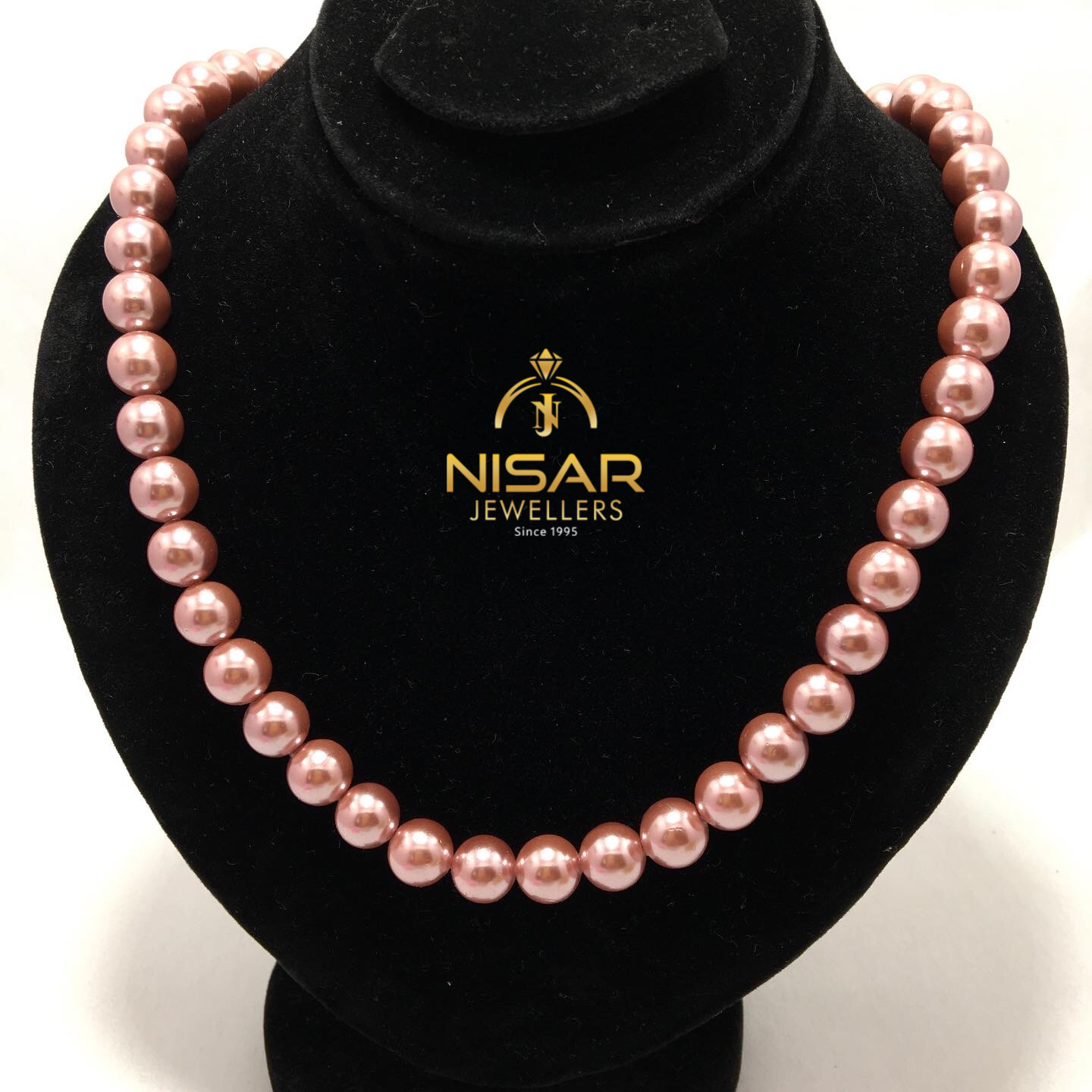
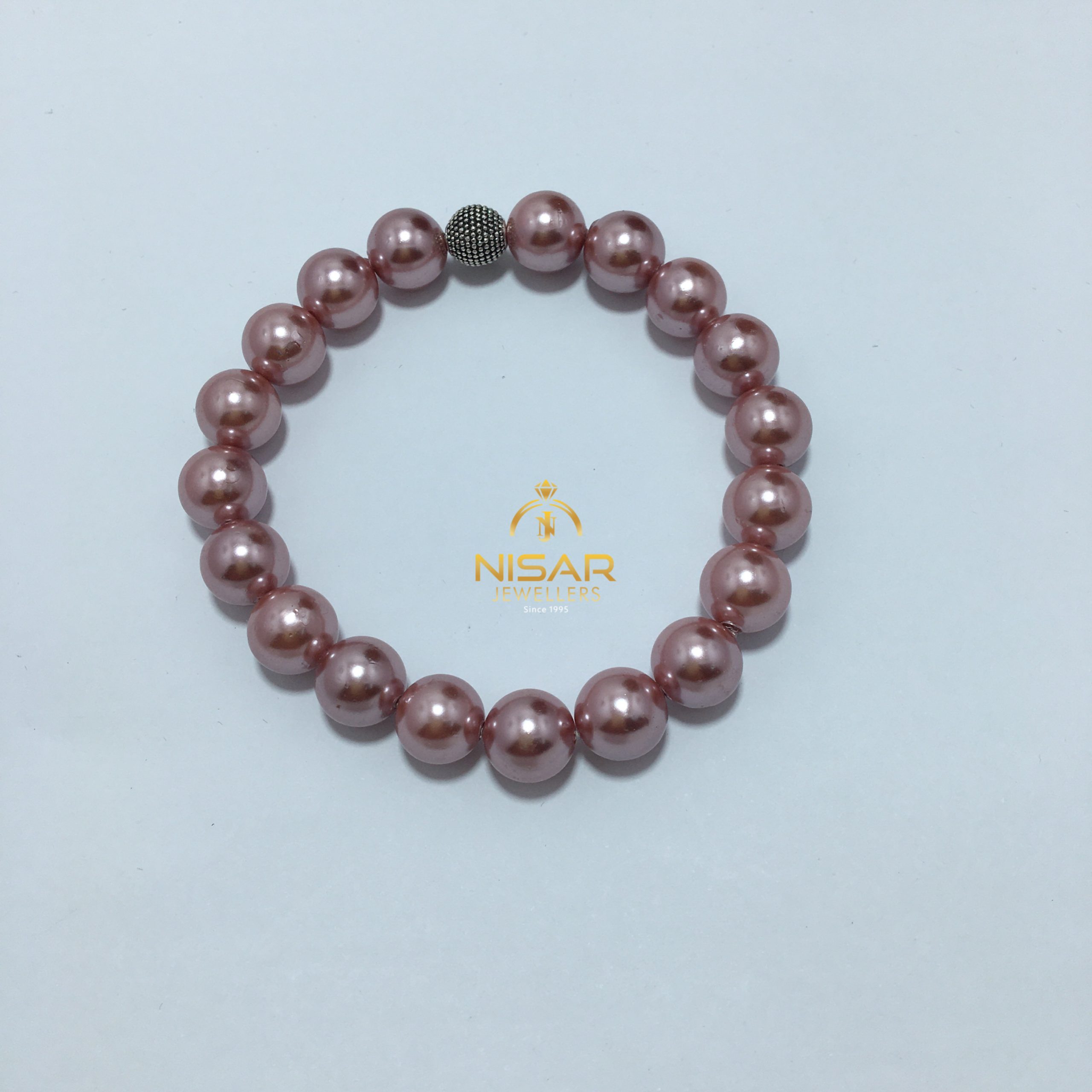

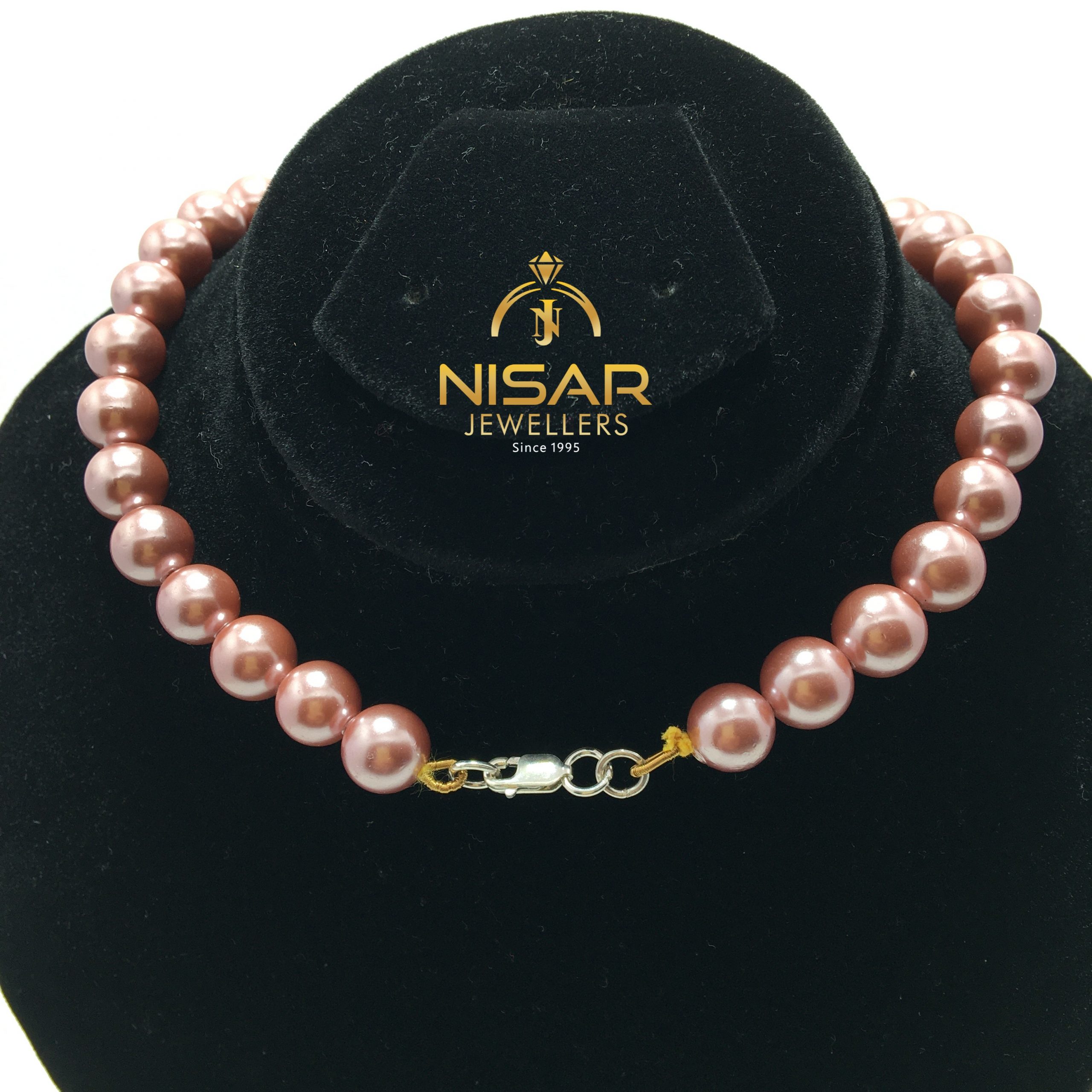




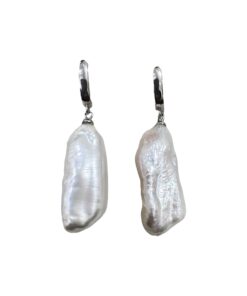

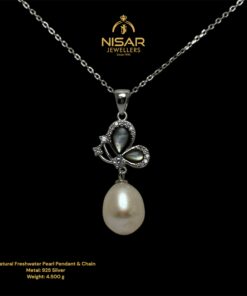


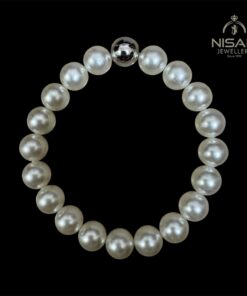
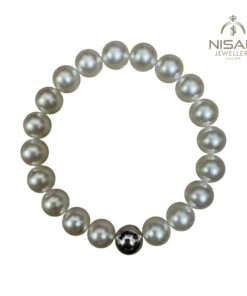


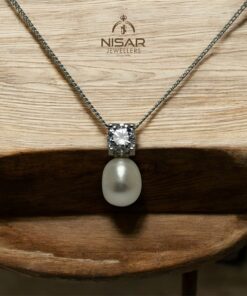
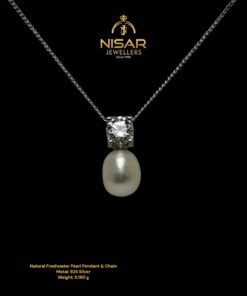


Reviews
There are no reviews yet.